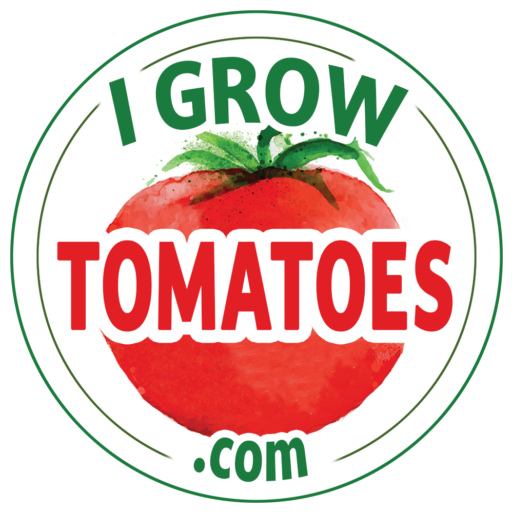When it comes to buying tomato plants, it is important to avoid the most common mistakes that people make to ensure that your garden season gets off to a great start.
Tomato plants are one of the most popular vegetable choices for home gardens, whether grown in containers on a patio or planted in rows in the backyard. But issues can start as early as the moment they’re picked out at the store.
Choosing the wrong plant at the wrong time, or one that isn’t in good condition, can result in weak growth, a poor harvest, or even total plant loss. Here’s a closer look at the most common mistakes people make when buying tomato plants and how to avoid them.
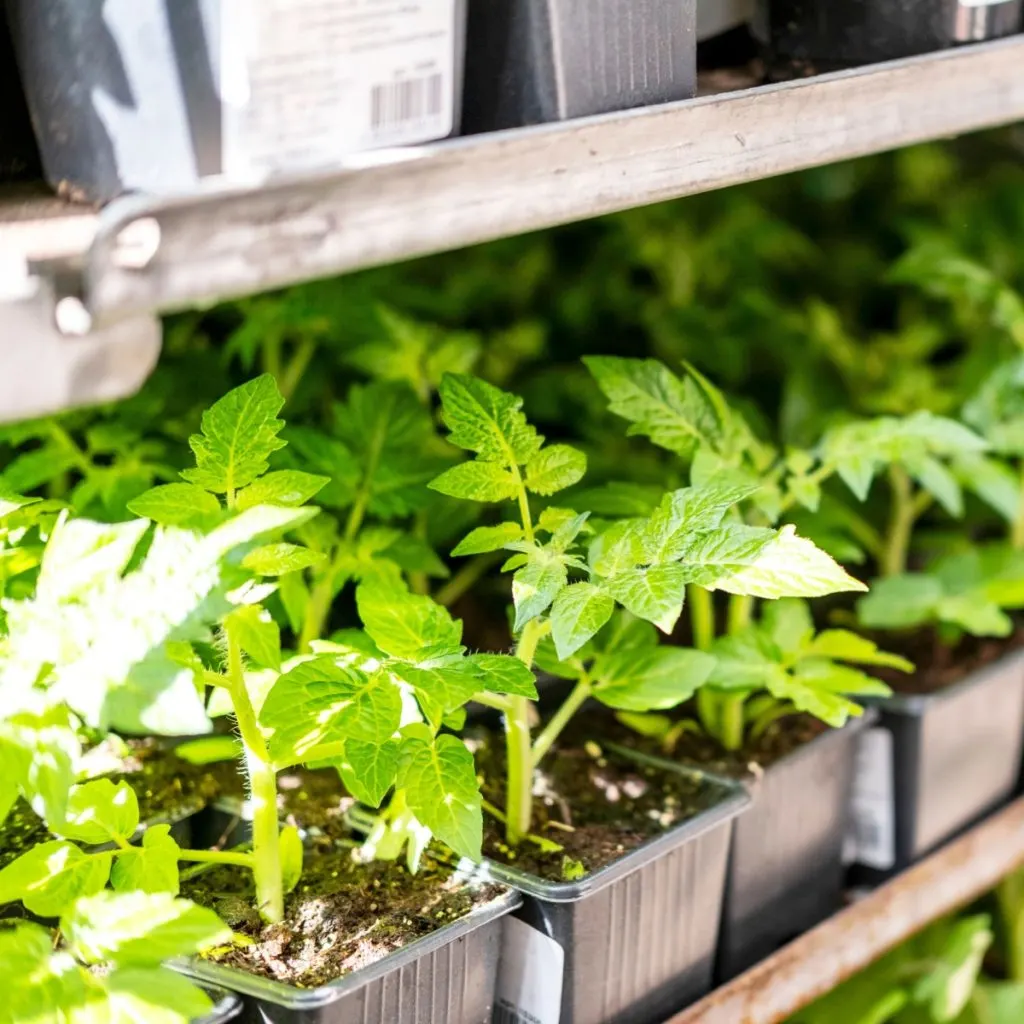
1. Buying Tomato Plants Too Early
Many garden centers start putting out tomato plants long before the weather is actually suitable for planting them outdoors. It’s not uncommon to see tomato plants for sale several weeks before the last expected frost date.
People often get excited seeing fresh green plants on display and want to get a head start on the season. But buying tomato plants too early can cause a lot of trouble.
Tomatoes are warm-weather plants. They can’t handle frost or cold soil. If someone buys tomato plants too soon, they’ll have to keep them alive indoors until it’s safe to plant them outside. Most people don’t have the space, lighting, or setup to support growing tomato plants indoors for weeks.
Without proper light, the plants can grow tall and weak. They may become leggy, thin, and prone to disease.
To avoid this mistake, check the average last frost date for your area and count back about one to two weeks. That’s usually the best time to start looking for tomato plants to buy. Garden centers may still try to sell them earlier, but that doesn’t mean that it is best to purchase them right away.
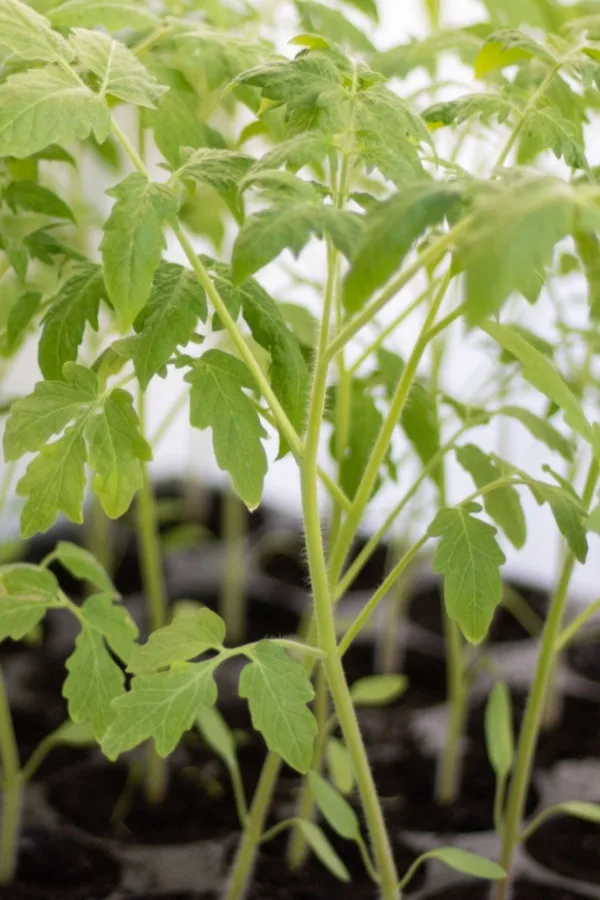
2. Buying Plants That Are Too Big
It might seem like a good idea to buy the biggest plant available. Bigger plants may appear stronger or closer to producing fruit, which can seem like a good deal.
But tomato plants that are too large for their container are often root-bound. This means their roots have run out of space and started circling around the inside (and sometimes around the outside) of the pot.
Root-bound plants are struggling. And they will continue to struggle to grow well even when first planted in the ground. To recover, they may need to grown in a larger container, given extra nutrients, and carefully watched for signs of transplant shock. That adds extra work and delays strong growth once the plant is finally in the garden.
When choosing a tomato plant, look for one that is medium-size and still has room to grow in its container. The roots shouldn’t be coming out of the bottom of the pot. The soil should be moist but not overly dry or hard. A healthy, moderate-sized plant will adapt better when moved into the garden soil.
3. Buying Plants That Are Too Small
On the other end of the spectrum, some people buy tomato plants that are too small and underdeveloped. These young plants might look green and healthy, but they haven’t had enough time to grow a strong root system or develop a solid stem. Once planted in the ground, they may not survive the elements or might grow very slowly.
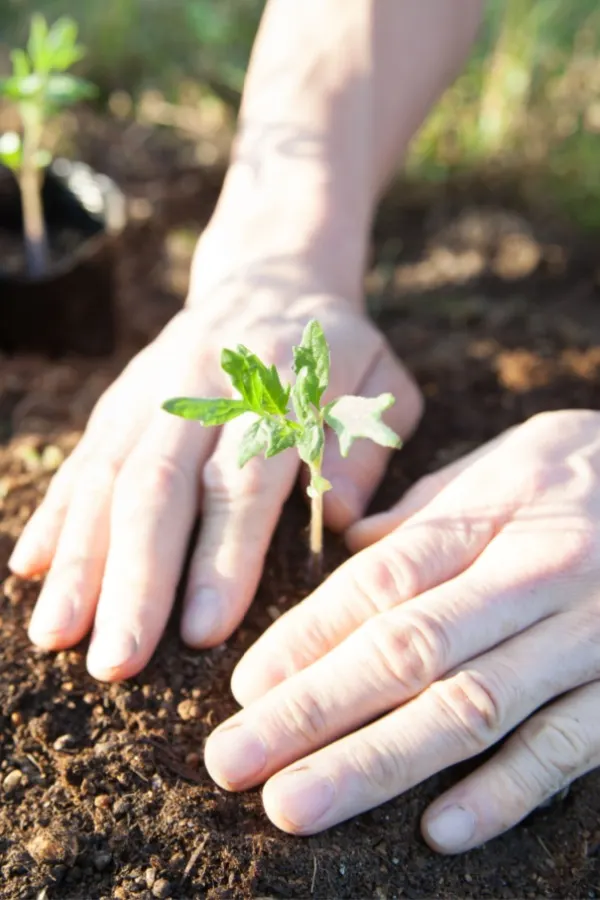
Tomato stems should be about the width of a pencil before they go into garden soil. A strong stem is a sign of a healthy plant that can support itself. Thin, weak stems can bend or break in the wind or rain and are more likely to develop problems with pests or disease.
Choose tomato plants that have a sturdy base, at least a few sets of leaves, and a well-developed root system. Gently lift the plant and check for a solid root structure. The plant should not wobble in its container. That’s a sign it has developed enough to handle being transplanted outdoors.
4. Buying Tomato Plants with Flowers or Fruit
Tomato plants that already have flowers or small fruits on them might seem like a bonus. But this is actually a red flag.
Tomato plants should be focusing on root and stem growth in their early stages. When they begin flowering or producing fruit too early, it means their energy is being put in the wrong direction.
Plants with flowers or fruit too early may have been stressed or grown in a greenhouse too long. They may struggle once planted outdoors, especially if the weather is still too cool or the soil is not warm enough.
Look for tomato plants with no flowers or fruit. They should have strong stems, a healthy green color, and a balanced appearance, not too tall or too small. These plants will be better prepared to grow once planted and will produce fruit at the right time.
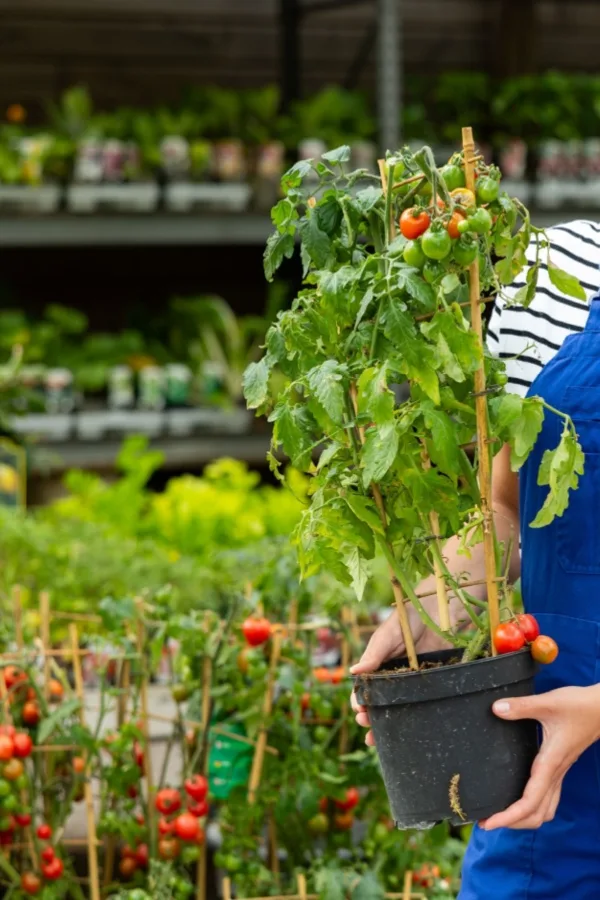
5. Buying Plants With Blemished or Cracked Stems
Another common mistake is buying tomato plants with damaged stems. A plant with spots, cracks, or blemishes on the stem may already be struggling with disease or injury. Some of these issues might not show up until after planting, but a weak or damaged stem is a warning sign.
These cracks or blemishes could be from overwatering, pests, or poor handling at the nursery. Even if the leaves look healthy, problems in the stem can spread quickly once the plant is in the garden. It’s harder to treat problems once they’ve taken hold.
Inspect each plant closely before buying. Look for clean, unbroken stems. Avoid plants with any signs of white patches, black spots, or split areas along the stem. Also, check the undersides of the leaves for bugs or signs of disease. Healthy plants should look fresh, green, and strong from top to bottom.
6. Buying the Wrong Type of Tomato Plant
One of the most common mistakes gardeners make when buying tomato plants is not knowing the details about the tomato plant they are purchasing. There are many different kinds, and they all grow differently. If someone buys the wrong type, they may end up with a plant that doesn’t fit their garden space or their level of experience.
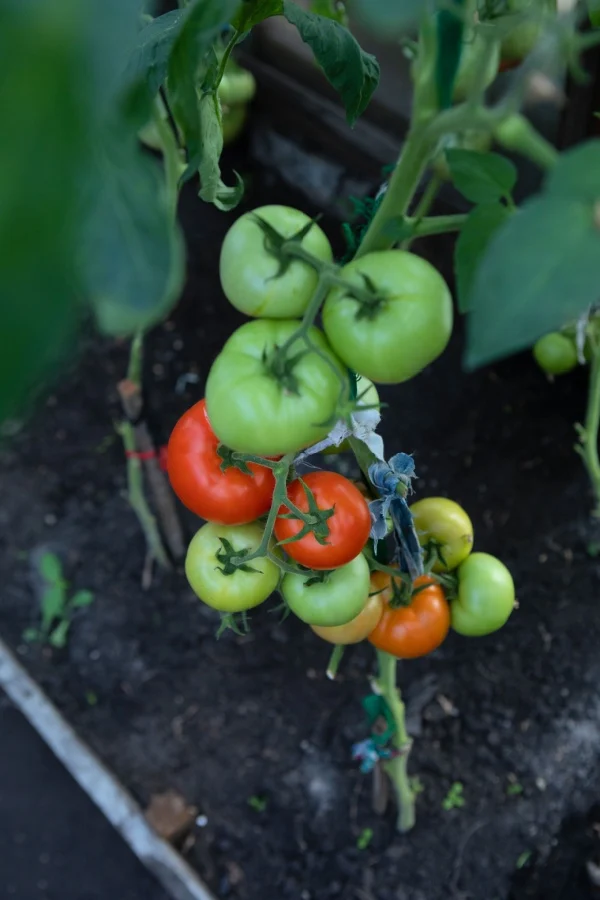
Indeterminate vs. Determinate
Indeterminate tomato plants keep growing and producing fruit all season long. They can grow very tall and need strong support. These plants are great for larger gardens or people who want a steady supply of tomatoes. But they also need regular pruning, staking, and constant maintenance.
Determinate tomato plants grow to a certain height, then stop and produce most of their fruit around the same time. These plants are better for smaller spaces or gardeners who want a quicker harvest. They don’t usually need as much pruning, and they’re easier to manage.
Knowing which type you’re buying is important. The plant tag or label should say “indeterminate” or “determinate.” Choose the one that fits your garden space and how much time you want to spend caring for the plant. (See Related Article: Determinate vs. Indeterminate – How To Know Which Tomatoes To Grow)
Garden Plants vs. Patio or Container Plants
Some tomato plant varieties thrive in containers. They often have the label of a ‘patio’ or compact tomato plant. They don’t get very big and don’t need as much room to grow. They’re ideal for people who only have a balcony, patio, or small deck.
Other tomato plants need to be planted directly in the ground or in large raised beds. These can grow several feet tall and wide. Buying a large garden variety tomato for a small container won’t work well. The plant will become root-bound, grow poorly, and produce fewer tomatoes.
Before buying, think about where the tomato plant will grow. If it’s going in a pot, make sure to get a variety meant for containers. If there’s plenty of space in the garden, then a full-size plant will be fine.
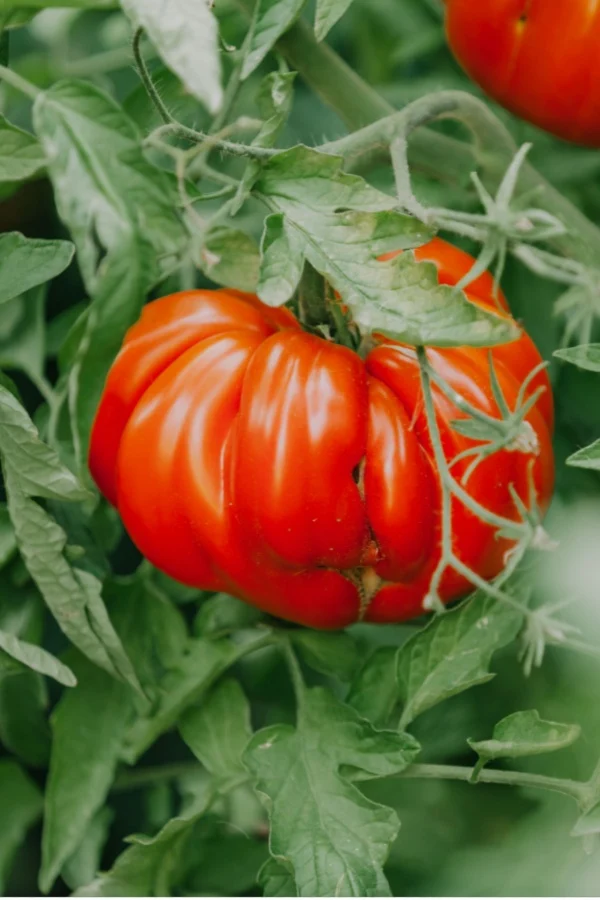
Heirloom vs. Hybrid
Heirloom tomato plants are known for their flavor and variety. These are open-pollinated plants that have been passed down for generations. However, they’re often more prone to disease and require careful attention. Heirloom plants are a better choice for gardeners with some experience.
Hybrid tomato plants are bred for specific traits like disease resistance, faster growth, or better yield. These are often easier to grow and more forgiving for new gardeners. If someone is new to gardening, hybrids may be a better choice.
Check the plant label to see if it says “heirloom” or “hybrid.” Choose based on gardening experience and how much attention the plant will receive. Both types have their benefits, but they require different levels of care.
By avoiding these 6 common mistakes, you’ll give your tomato plants the best shot at a healthy, productive season. A little planning now means a lot more tomatoes later!
Follow Our Facebook Page For Even More Great Tomato Growing Tips! I Grow Tomatoes Facebook Page
I Grow Tomatoes is a website created for those who love all things about tomatoes – from planting and growing – to cooking and canning! We publish two articles every week, 52 weeks a year. Sign up today to follow via email! This article may contain affiliate links.
